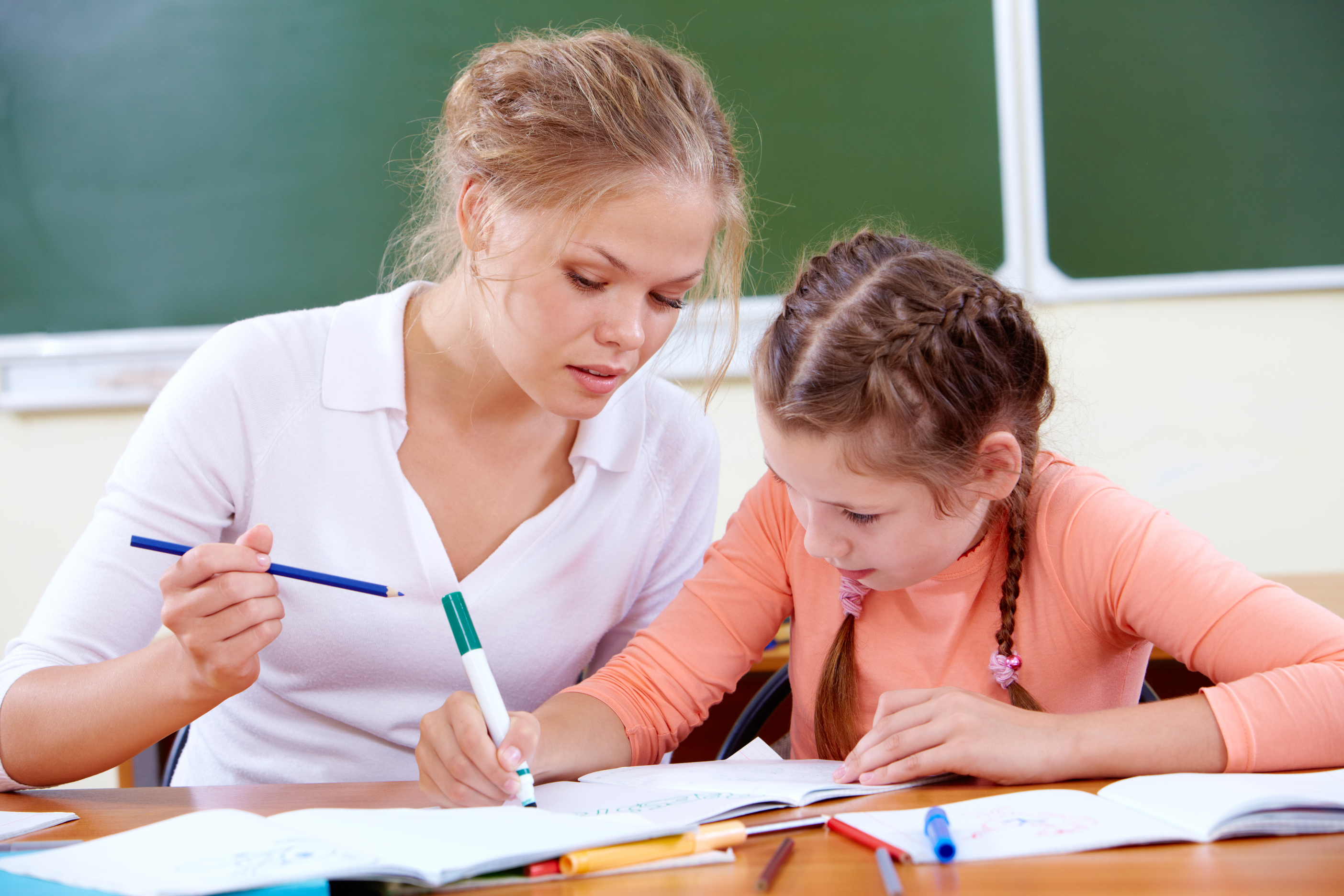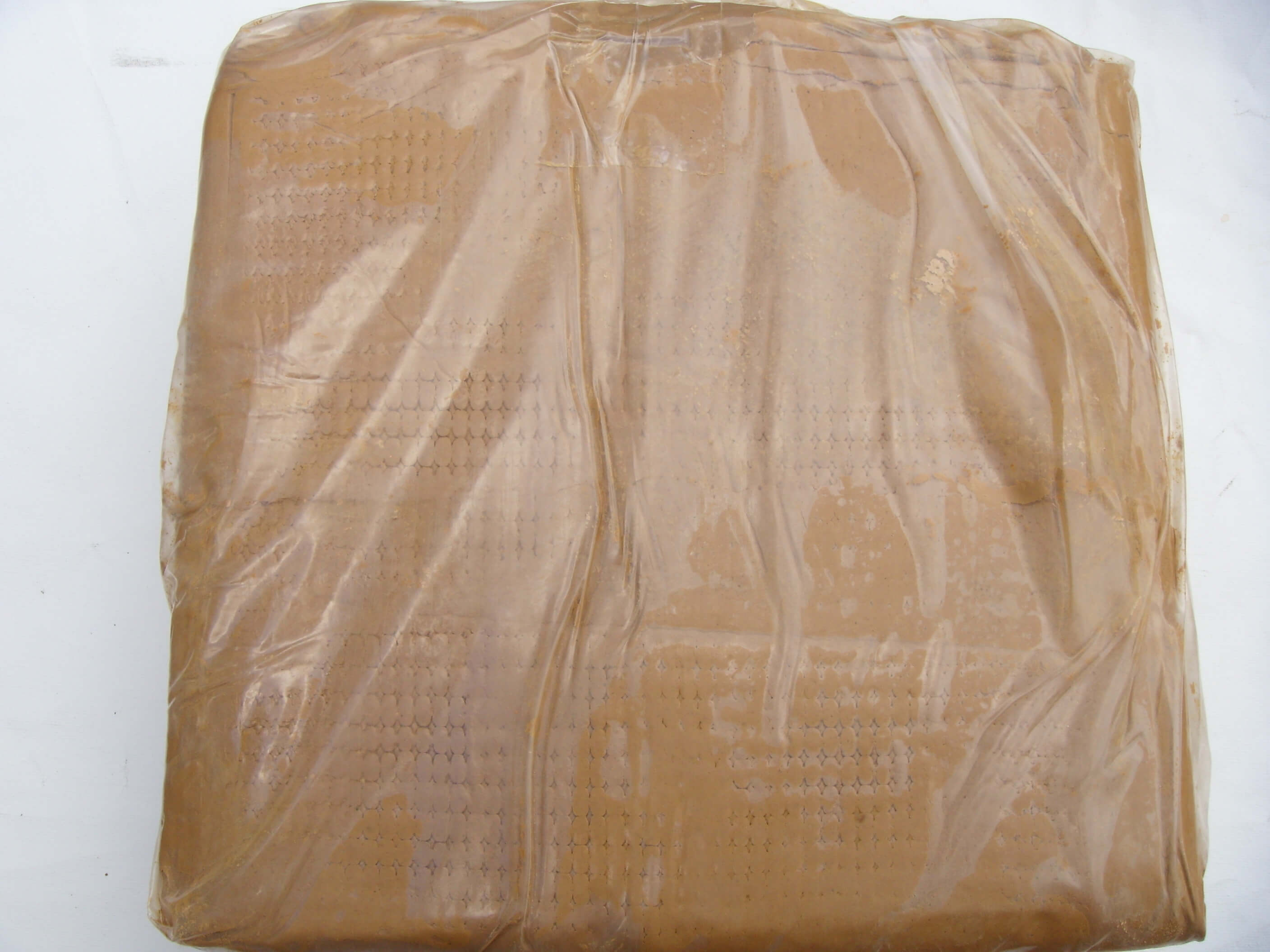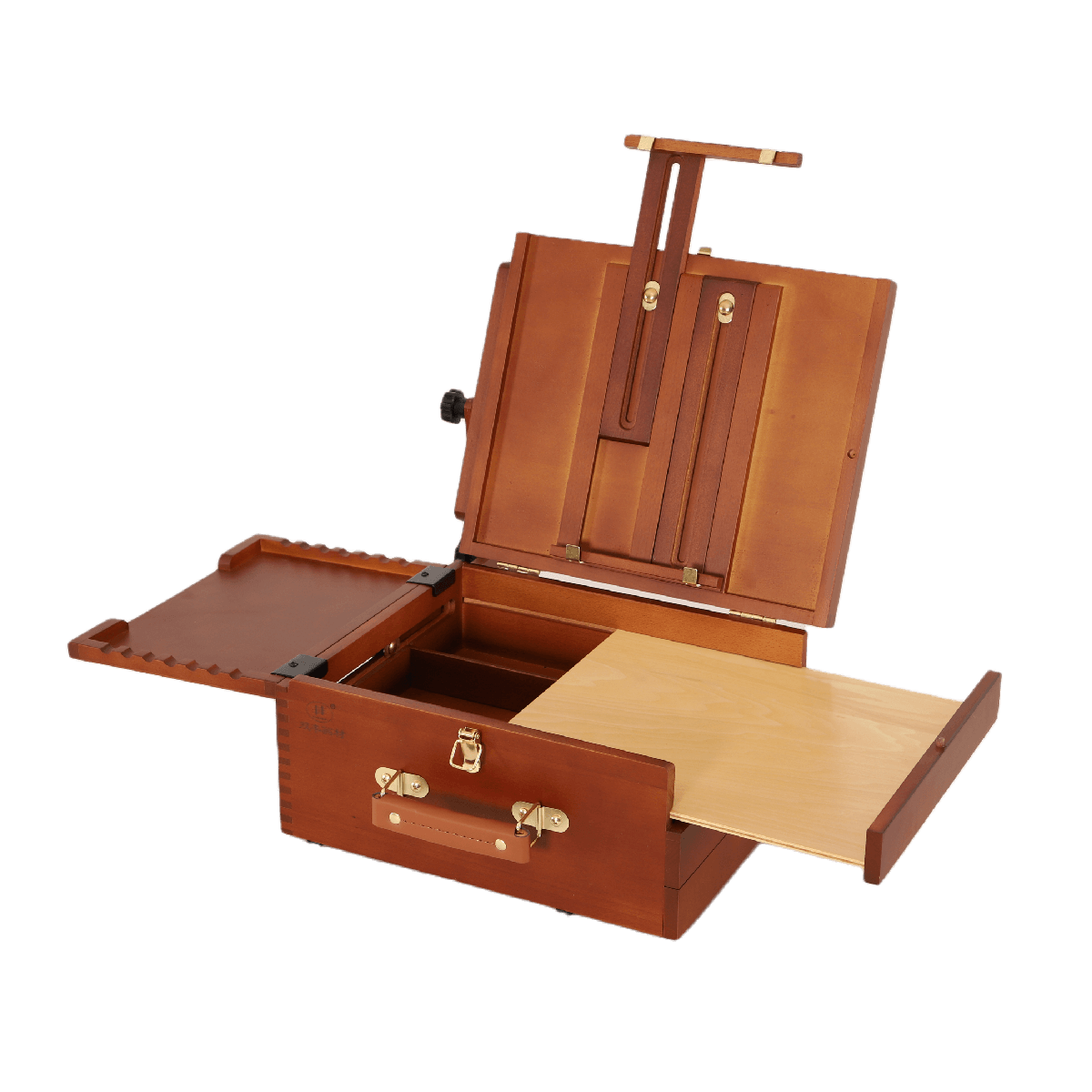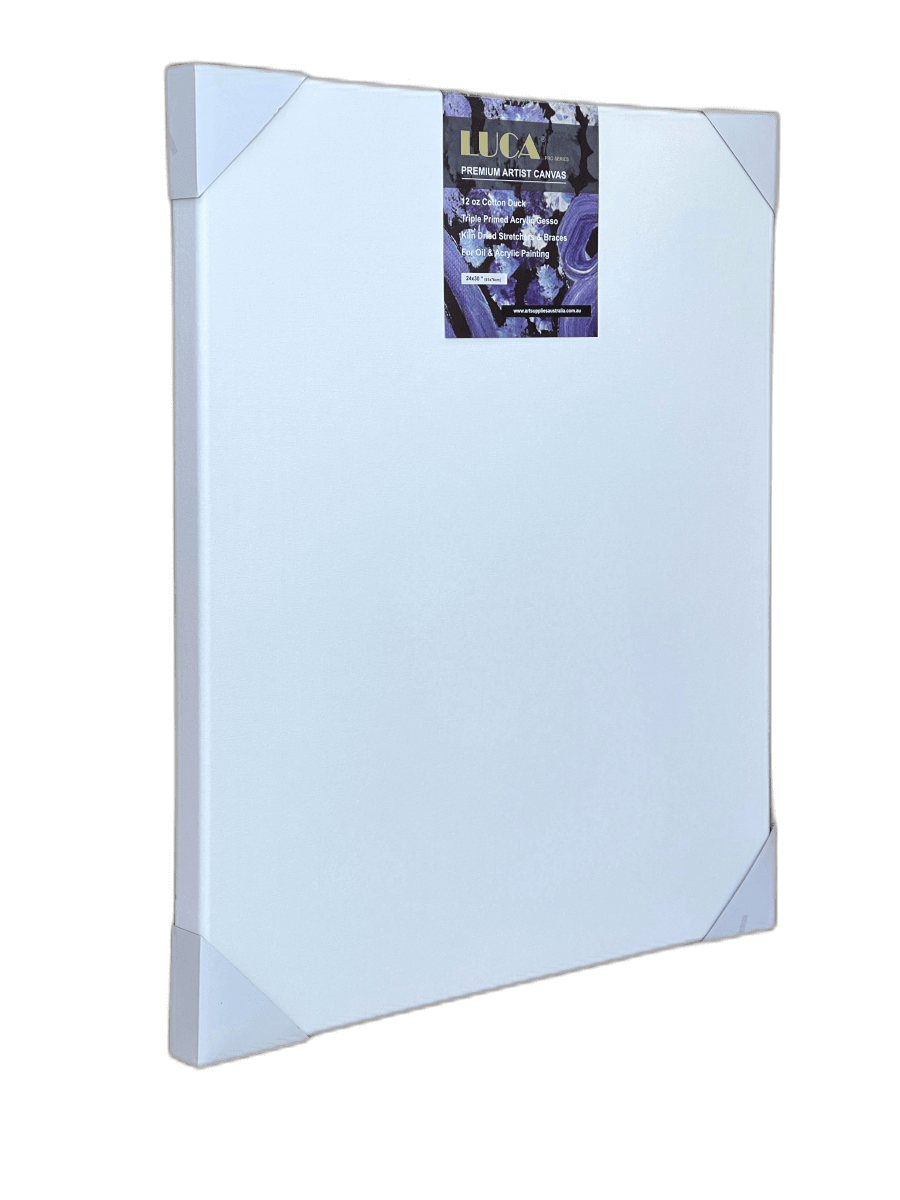Anyone can learn how to do basic drawing. It’s a skill that can be improved with practice, and it’s a great way to express your creative side. In this article, we will discuss some tips on how to improve your basic drawing skills. We will also provide some advice on how to get started if you’re new to the art form.
What is Basic Drawing and How to Improve Your Skills?

Basic drawing is a form of art where artists use pencils, pens, or other tools to create images on paper or canvas. The term “basic” refers to the simplicity of the drawings. Basic drawings can be anything from landscapes and portraits to still life and animals.
There are several things you can do to improve your basic drawing skills.
Regular Practice - The best way to improve your skills is to practice regularly. You can set aside some time each day to draw, or you can practice when you have free time.
Use a Reference - When you’re first starting, it can be helpful to use a reference. This can be a photo, a drawing, or anything else to help you visualize what you’re trying to draw.
Experiment with Different Tools - Pencils, pens, and charcoal are all great tools for drawing. But don’t be afraid to experiment with other materials like pastels or markers.
Take a Class - If you want more structure in your practice, you can take a class. There are many great classes available both in-person and online.
Enter a Competition - Another great way to practice and improve your skills is to enter a drawing competition. This will give you a deadline to work towards, and it will also force you to push yourself and try new things.
These are just a few tips on how to improve your basic drawing skills. With regular practice and some experimentation, you’ll be surprised at how quickly your skills improve. Soon you’ll be able to create drawings that are lifelike and accurate. So, get started today and see what you can achieve!
What Supplies Do You Need to Get Started?

If you’re new to drawing, you might be wondering what supplies you need to get started. The good news is that you don’t need much! A pencil and paper are all you need to get started. But if you want to experiment with other materials, here are a few suggestions:
Pens - Fine-tip pens can be great for drawing detailed images. But feel free to experiment with other types of pens like markers or even highlighters.
Pencils - A pencil is a classic drawing tool. But there are many different pencils available, from soft lead to charcoal. Experiment and see which type you prefer.
Erasers - An eraser can help make corrections or for lightening the tone of your drawing.
Paper - You can use any paper you like. But if you’re starting, it might be helpful to use a sketchbook. This will give you a place to practice and experiment without worrying about ruining a good piece of paper.
These are just a few suggestions for supplies. But don’t feel like you need to buy all of these things before you start drawing. Instead, grab a pencil and paper and start practising!
5 Easy Drawing Exercises for Beginners

If you’re new to drawing, starting with some easy exercises can be helpful. These exercises will help you get familiar with the basic techniques and supplies. And they’ll also give you a chance to practise and improve your skills. So grab a pencil and paper and try out these five easy drawing exercises:
- Draw a Line - This might seem like a simple exercise but drawing a perfectly straight line is difficult. So take your time and focus on getting it right. Next, try drawing curved lines and zigzags once you’ve mastered the straight line.
- Draw a Circle - This might seem like a simple exercise. But it can be challenging to draw a perfect circle. So, take your time and focus on getting it right. Once you’ve mastered the process, try drawing other shapes like triangles and squares.
- Draw a Portrait - This exercise is excellent for practising your proportions and shading. Start by drawing a basic outline of the face. Then add in the details like the eyes, nose, and mouth. Finally, use shading to add depth and realism to your drawing.
- Draw a Landscape - This exercise is excellent for practising your perspective and scale. Start by drawing the horizon line and the basic shape of the land. Then add in the details like trees, mountains, and clouds. Finally, use shading to add depth and realism to your drawing.
- Draw from Life - This is one of the best ways to practice and improve your skills. Find something around your house to draw, like a vase of flowers or a bowl of fruit. Or go outside and draw the landscape. Pay attention to the details and recreate what you see as accurately as possible.
These are just a few easy exercises to get you started. You’ll be surprised at how quickly your skills will improve with regular practice. So, get started today and see what you can achieve!
If you are looking for ways to improve your basic drawing skills, you need the right drawing tools. Each tool has a purpose, from the most basic drawing material, such as pencils, to more sophisticated ones like markers and artist canvas. If you want to achieve more realistic drawings, you need to understand how to use the different available drawing tools.
When it comes to creating realistic and detailed artwork, having the right tools is essential. One of the most important tools is the surface that you use for your art, which can include different types of canvas. Art canvas is a versatile material that can be used for a variety of painting styles and techniques. For artists who want a more structured surface, stretched canvas is a great option that provides a stable base for their artwork. Alternatively, canvas boards are lightweight and portable, making them ideal for artists who like to work on the go. Once you have your surface ready, you can then use different mediums like acrylic paint to create your desired effects and bring your artwork to life.






